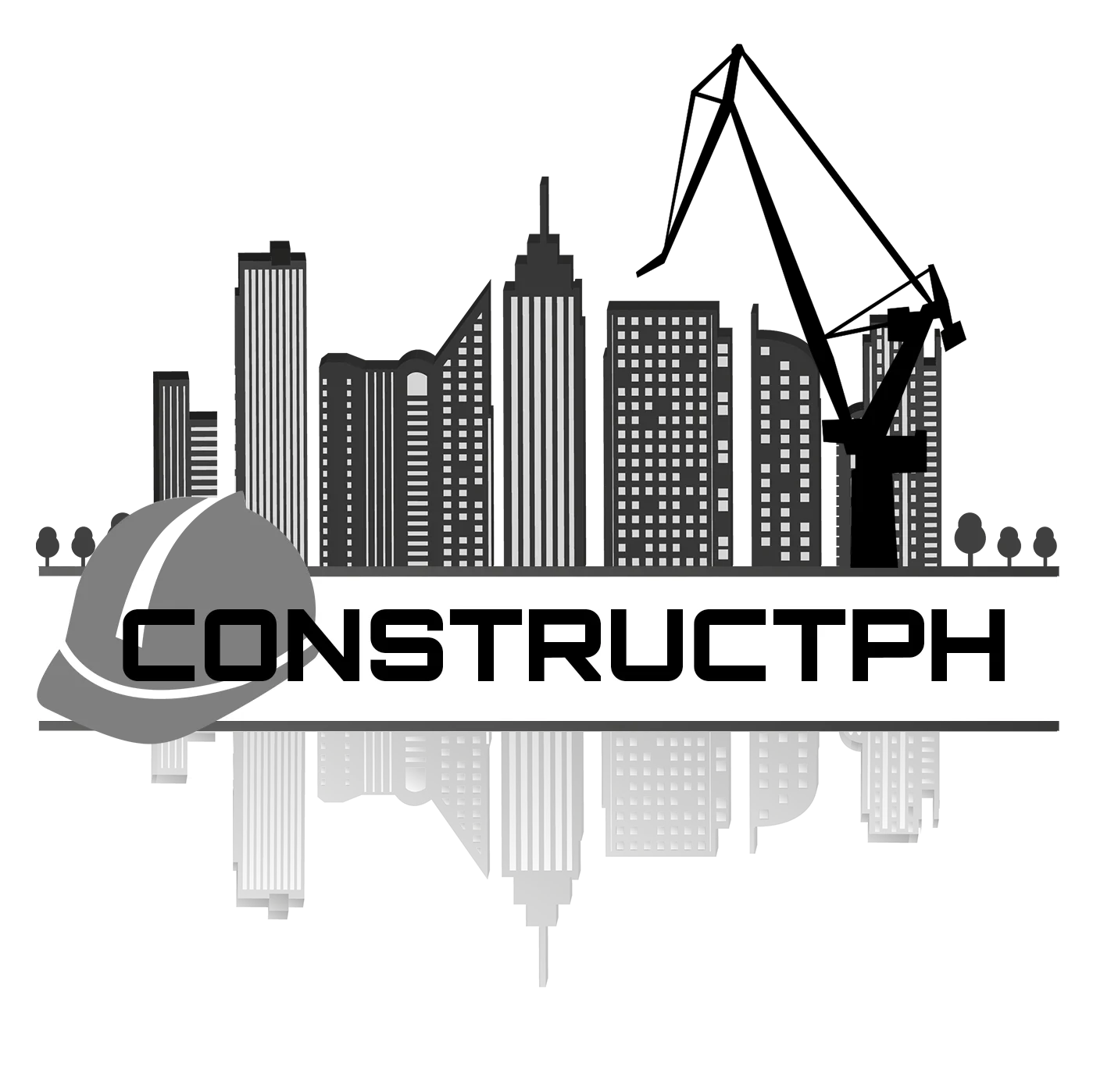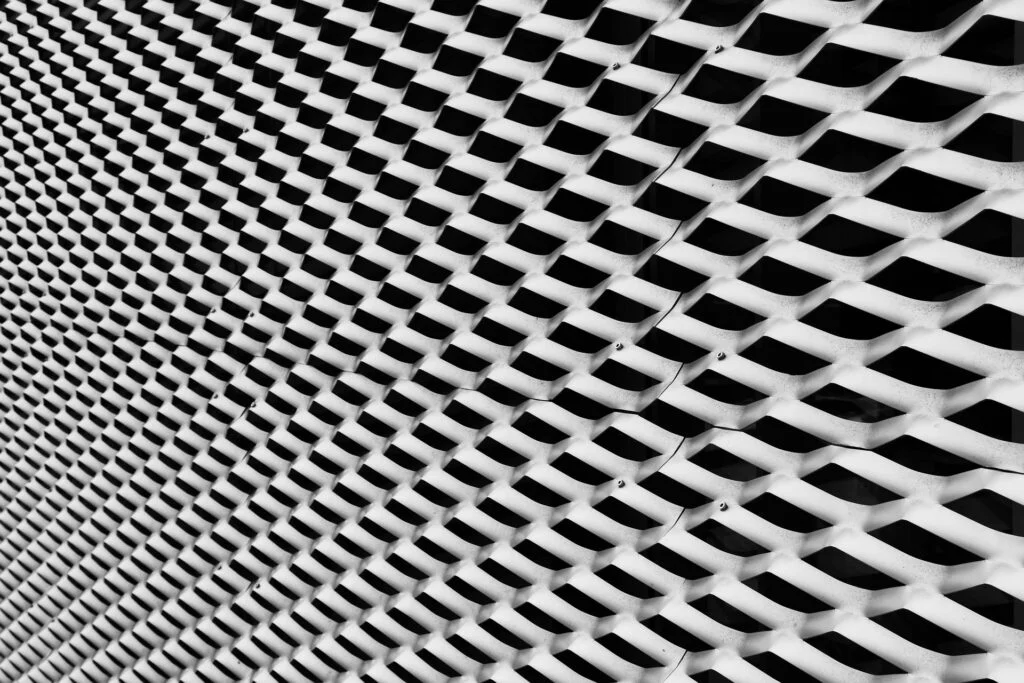In both residential and commercial structures, metal screens can be used in a variety of useful ways. These screens can work as a building’s functional element or as decoration, or they can serve both purposes simultaneously.
Metal screens can meet a variety of common aesthetic and functional needs, whether they are made as standard size panels or specially designed for particular projects. These displays might be equally helpful in a few uncommon applications as well. We’ll examine a few of them now:
- Branding and identification
- Privacy and protection
- Balustrades
- Regulating temperature and sunlight exposure
- Roofing
1. Branding and identification
When your company starts to investigate ideas for branding your facility or making it easier for visitors to recognize it, decorative metal screens might not be the first thing that comes to mind. But there are now a number of possibilities available on this front thanks to advancements in the tools and procedures used to make screens.
Different screens provide the chance to accurately and faithfully recreate a wide variety of logos, images, and abstract patterns. Depending on the source, there aren’t many restrictions when it comes to putting a unique design into practice. You can work with our team of experts to create a solution that supports your objectives, whether you want to use a wordmark or an image that clearly communicates the purpose of your building.
2. Privacy and protection
There is a demand for seclusion in a variety of contexts, including eateries, shopping malls, residential complexes, and business buildings. Locked doors and windowless rooms are not always necessary for the ideal level of isolation, though.
Privacy screens can offer a compromise between an environment that feels like a bunker and complete exposure to the outside world. They create a sense of openness that takes into account the aesthetics of a certain area by limiting vision without totally closing off the remainder of an office floor or commercial space. Screens can function as a sound and visibility barrier when used in conjunction with a glass partition.
Metal screens aren’t just used for internal applications when it comes to protecting privacy. Medical centers, schools, and other facilities can use laser-cut screen options to create a sense of seclusion without obstructing access to sunlight or local visibility.
3. Balustrades
A railing that is securely fastened to a support protruding from the ground makes up a balustrade. Although many people think of vertical columns when they think of balustrades, there are numerous other options available for both decorative accents and practical support. Perforated screens can give a building component that is typically just functional a distinctive touch. A stairwell, for example, can benefit from ornamentation to make passing through them a little more pleasant.
4. Regulating temperature and sunlight exposure
Regardless of whether they are constructed of woven wire, expanded metal mesh, or a variety of other materials, modern architectural screens typically have a striking appearance. An employee, visitor, or bystander will frequently notice this when they go closer to a building. But this is by no means the only justification for including a screen in any building or remodeling scheme.
When put outside exterior windows or in interior places that receive a lot of sunshine, screens serve a fundamentally functional purpose. Metal screens can assist in controlling temperature and sunlight exposure by filtering sunlight without entirely blocking it. While some visitors or employees may never see the utilitarian advantages of a metal screen used in this manner, they’ll more than likely notice the aesthetic benefits.
5. Roofing
Of course, you wouldn’t cover a building’s top with a metal screen. But what about a public green area integrated in an outdoor shopping center or a place for personnel to relax during breaks?
Screens can replace roofs and have both functional and cosmetic advantages. Metal screens with laser cuts, perforations, and many other design features can reduce sun exposure while still allowing for a pleasant balance of light and shade. When necessary, combining metal screens with a central walkway or seating area with a traditional roof structure can assist protect staff, clients, and visitors from the elements while providing a distinctive place on nicer days.
You need a reliable provider who can help you at every step, whether you want to use the most traditional metal screen possible or have a truly original idea for a design or application.
To see other material construction, please see here.
To know other construction guides, tips, and methodology for beginners, veterans, and contractors, please see here.

